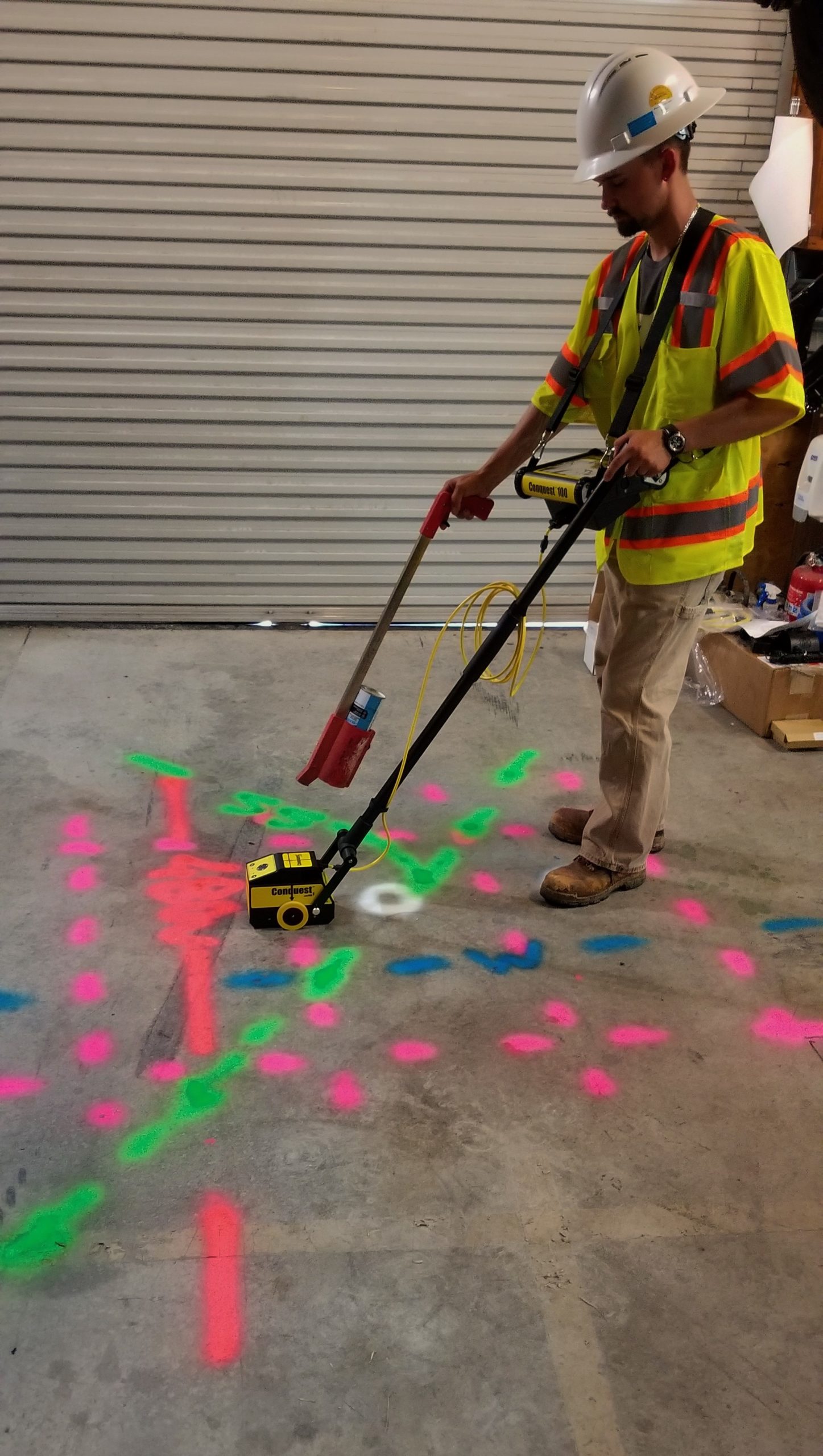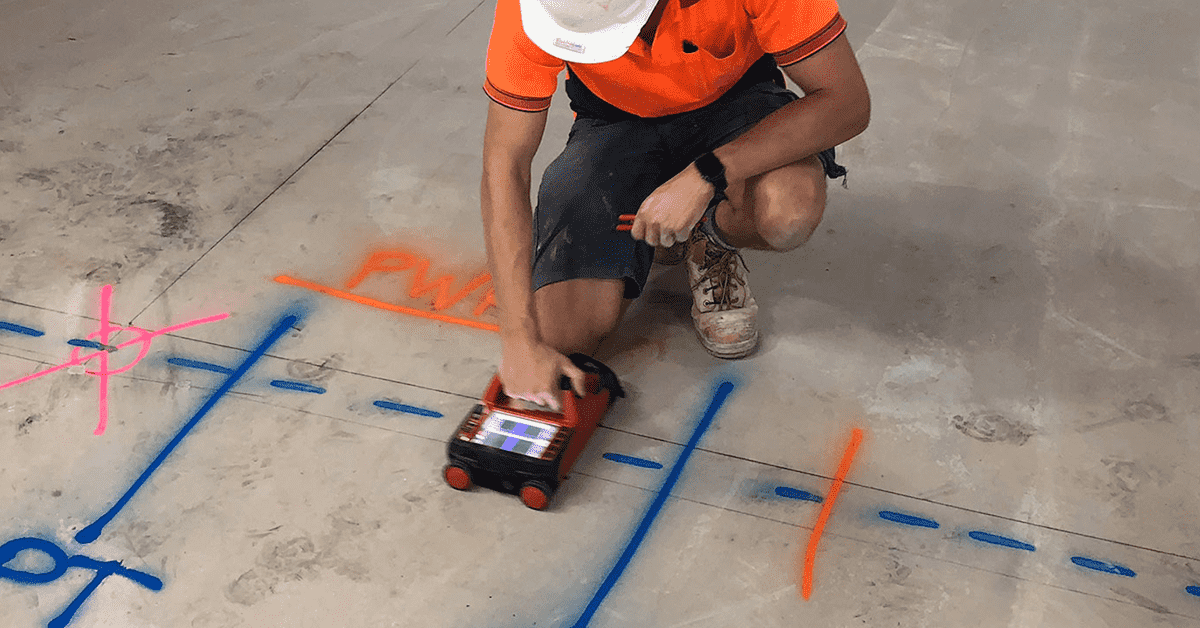Find RainierGPR Service Areas Near You for Expert Concrete Scanning
Find RainierGPR Service Areas Near You for Expert Concrete Scanning
Blog Article
Concrete Scanning: An Important Action Towards Making Certain Architectural Integrity and Safety And Security
In the realm of building and infrastructure upkeep, the importance of concrete scanning can not be overemphasized. This meticulous process holds the key to introducing possible dangers hidden under the surface of seemingly solid frameworks. By employing advanced technology and techniques, concrete scanning works as a crucial tool in making certain that the honesty and security of bridges and structures are supported to the highest possible criteria. Nevertheless, past its surface-level ramifications, the role of concrete scanning expands far much deeper than fulfills the eye.
Importance of Concrete Scanning
Concrete scanning plays an important role in guaranteeing the structural honesty and security of structures and facilities tasks. By using innovative innovations such as ground-penetrating radar (GPR) and electro-magnetic induction, specialists can non-destructively check concrete structures to find potential problems, spaces, embedded things, and reinforcement layout. This process makes it possible for very early detection of abnormalities that could endanger the security of a framework, stopping pricey problems and making sure the safety of occupants.
Concrete scanning is particularly vital during the planning and building stages of a project. Prior to exploration, cutting, or coring right into concrete, scanning aids determine the accurate locations of rebar, post-tension cables, and other ingrained aspects, lowering the danger of unintended hits that can bring about architectural weaknesses. Additionally, concrete scanning aids in quality control by validating the thickness of concrete covers and identifying any type of disparities that might impact the general longevity of the framework. Ultimately, buying concrete scanning solutions is not just a positive procedure to mitigate risks however likewise an essential step towards keeping the long-term safety and security and stability of structures and framework.
Technology for Concrete Examination

Advantages of Very Early Detection
Timely discovery of architectural problems can significantly alleviate dangers and guarantee the durability of building tasks. By recognizing potential problems beforehand in the building and construction process, stakeholders can take positive measures to attend to concerns prior to they intensify into bigger and a lot more pricey problems. Among the vital benefits of very early detection is the prevention of architectural failings, which can pose significant safety risks and bring about job hold-ups and economic losses.
Additionally, very early detection permits prompt repairs and maintenance, which can aid prolong the life-span of the framework. By resolving issues immediately, building and construction groups can prevent pricey repairs and even the requirement for early substitute of structural parts. This aggressive strategy not only conserves money and time however additionally boosts the general safety and security and durability of the construction project.
In addition, very early detection can improve job preparation and decision-making by giving stakeholders with important understandings right into the problem of the structure. Equipped with this details, task supervisors can make informed selections regarding building methods, timelines, and products, resulting in more successful and effective task results.
Making Sure Architectural Stability
Making certain the architectural stability of a building and construction job is vital to its security and longevity. Architectural security refers to the ability of a structure or facilities to preserve its form and feature under various loads and environmental problems. To accomplish this, extensive analysis and monitoring of the structure are important. Concrete scanning plays an important duty in making certain structural stability by finding prospective issues such as spaces, delamination, or support deterioration that can compromise the honesty of the structure in time.
By using advanced scanning innovations like ground-penetrating radar (GPR) and electromagnetic induction, building professionals can non-invasively check concrete frameworks to identify areas of concern below the surface area. This proactive technique permits the early discovery of weak points or problems, allowing punctual fixings or support to stop straight from the source architectural failings.
Regular concrete scanning throughout various building and construction phases and throughout the life cycle of a structure can assist preserve its security, alleviate risks, and make sure the security of residents. By focusing on architectural stability with concrete scanning, building and construction jobs can enhance their resilience and resilience, ultimately adding to higher safety and long life.

Preventing Important Failures
To secure against tragic events, careful tracking and aggressive maintenance are necessary in avoiding essential failures within structural frameworks. Identifying possible issues before they intensify is essential to stop architectural failings. Executing routine examinations, such as concrete scanning, can disclose hidden flaws like spaces, splits, or rust that could compromise the stability of a framework. By utilizing innovative scanning innovations like Ground Permeating Radar (GPR) or Concrete X-ray, engineers can non-destructively assess the problem of concrete and identify weak points that need support or fixing - RainierGPR Service Areas.

Verdict
In conclusion, concrete scanning plays a critical role in making sure structural integrity and safety and security by utilizing advanced modern technology for early discovery of potential problems. This proactive technique assists protect against important failings and makes sure the security of structures. It is crucial to prioritize concrete inspection as a common practice to shield the long life and safety and security of buildings and infrastructure.
Concrete scanning plays an essential duty in ensuring the structural stability and safety and security of buildings and facilities projects. Additionally, concrete scanning aids in high check quality control by validating the density of concrete covers and finding any inconsistencies that may influence the overall longevity of the framework. Concrete scanning plays a crucial function in guaranteeing architectural stability by spotting potential problems such as gaps, delamination, or reinforcement corrosion additional hints that might jeopardize the integrity of the framework over time.

In conclusion, concrete scanning plays an essential function in making sure structural stability and safety by utilizing innovative innovation for very early detection of possible concerns.
Report this page